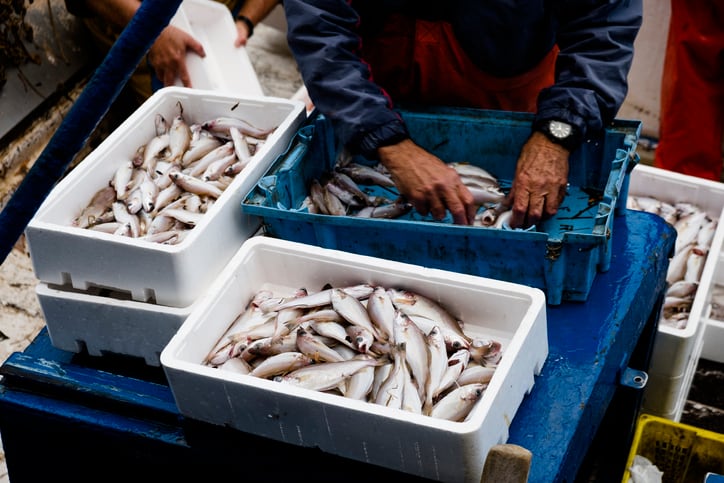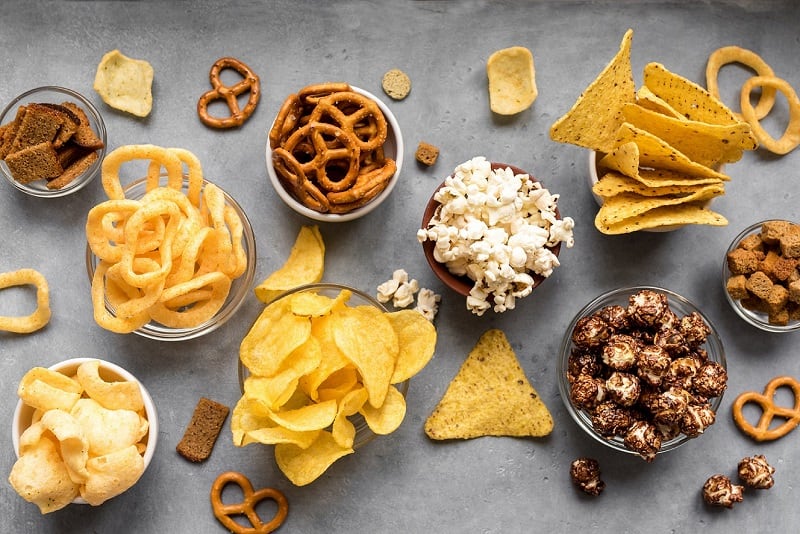Edible algae have long been consumed in Asia. It is low in calories, nutrient-dense, and a good source of folate, calcium, magnesium, zinc, iron, and selenium.
It is also regarded a sustainable ingredient, thanks to its negligible land and freshwater footprint, and lack of reliance on fertilisers and pesticides for growth.
In recent years, interest in edible algae has expanded into the western world. In Europe, for example, seaweed is served fresh in restaurants, or minimally processed – either dried or salted.
Certain species have also attracted the attention of the nutraceuticals industry, with algae used in a number of food supplements.
However, according to France’s National Agency for Food, Environmental and Occupational Health Safety (ANSES), consumers should be careful about the amount of cadmium found in edible algae.
In nearly a quarter of samples of edible algae analysed by ANSES, cadmium concentrations were found to be greater than the maximum content of 0.5mg per kilogram – as set by the Higher Council of Public Hygiene of France (CSHPF).
Cadmium contamination
Chemical element cadmium is classified a human carcinogen by the International Agency for Research on Cancer, which links the metal to increased risk of cancer.
Studies have indicated that excessive cadmium consumption in humans can lead to nausea and the accumulation of heavy metal in the kidneys.
Found at low concentrations in the Earth’s crust, cadmium is regarded a ‘very widespread contaminant’ in the environment in its natural state, as well as result of human activity – particularly in agriculture and industry.
“It easily penetrates plants through their roots and thus enters the food chain,” noted ANSES. “Recognised as carcinogenic, mutagenic, and toxic for reproduction, cadmium causes kidney damage and bone fragility in humans during prolonged exposure, especially by the oral route via food and drinking water.”
Algae has the propensity to easily bind contaminants present in the environment, such as cadmium, as well as arsenic and lead.
ANSES: Limit exposure through food
The European Commission has already taken steps to limit the amount of cadmium in certain food products – notably, chocolate.
Three maximum levels were enforced in Europe at the beginning of 2019, depending on the content of the chocolate varieties. The strictest maximum levels apply to the chocolate varieties mostly eaten by children. The darker the chocolate, the higher the maximum levels.
In edible algae, however, no such maximum levels have been set. ANSES has therefore taken it upon itself to set recommendations for the French population.
“In a context where the European Commission is considering setting maximum levels of arsenic, lead and cadmium in algae, the Agency therefore recommends a maximum cadmium concentration as low as possible in edible algae,” noted ANSES, adding that some members of the French population have already been exposed to cadmium, in excess of the tolerable dose, through their usual diet.
Taking into account the overall cadmium intake of a standard diet, the food agency proposes a maximum cadmium content of 0.35mg per kilogram of dry matter in edible algae.
This, said ANSES, ensures that in 95% of cases, the tolerable daily intake of cadmium is not exceeded. “Since algae strongly contributes to the dietary exposure to cadmium of those who consume them, such a content would lower to 11.5% the contribution of algae to the tolerable daily intake of cadmium, while it is currently at 19% in observations received, and that it would be 15.5% if the algae consumed respected the CSHPF value of 0.5mg per kilogram of dry matter.”
The food agency stressed it is ‘now up to the competent authorities’ to define the most appropriate methods for setting a maximum cadmium level in food to limit exposure.
Adding other practical advice for consumers, ANSES said cadmium contamination is greater for brown macroalgae such as wakame and red such as nori. Further, consumers should be aware of the increased risk of over-exposure to chemical contaminants by eating algae with other foods. “This is particularly the case for inorganic arsenic when the consumption of the Hijiki Hizikia fusiforme seaweed is associated with that of rice,” noted the agency.




